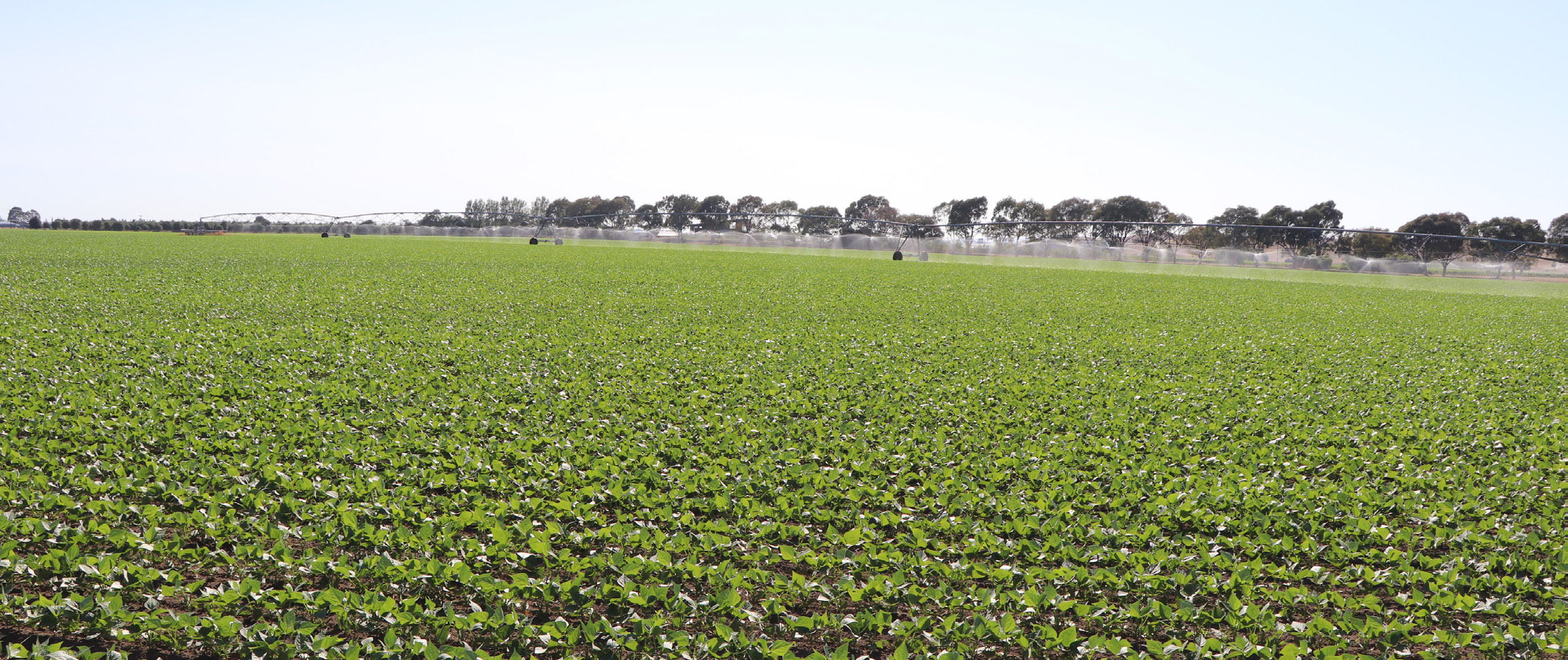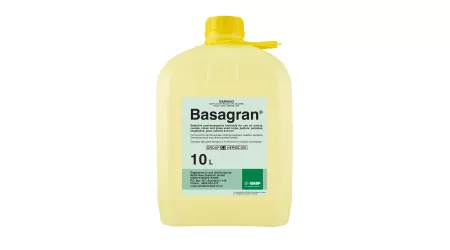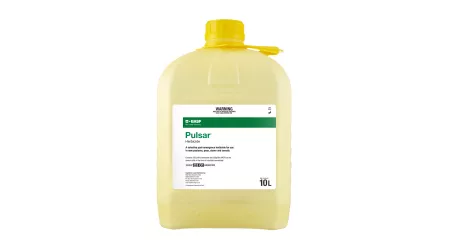If any confirmation that Basagran® is an exceptional herbicide was needed, it came last year when BASF celebrated the product’s fiftieth birthday.
It was way back in 1974 that bentazone, the active ingredient of Basagran, was first produced at BASF’s facility in Ludwigshafen, Germany. The product was registered for use in New Zealand the same year.
There have been huge changes in fruit and vegetable production since then – consider all the crop protection chemicals that have come and gone across those five decades which highlights one outstanding characteristic of Basagran: it is much less susceptible to resistance than most herbicides.
“Typically, the more popular a herbicide becomes, the shorter its useful life is likely to be,” says Tim Herman, Senior Technical Services Specialist – Crop Protection for BASF New Zealand Ltd. “But Basagran has well and truly defied the odds. It quickly established itself as a popular option to control broadleaf weeds in onions, beans, peas, potatoes, new pasture and white clover. It’s remained a go-to product ever since. Yet only a few cases of bentazone resistance have ever been reported anywhere in the world, and there are no known populations of resistant weeds here in New Zealand.”
Even after all these years, bentazone is still the only member of the benzothiadiazinone herbicide sub-group within mode-of-action Group 6, which are herbicides that inhibit photosynthesis at photosystem II (histidine binding site).
Another important characteristic of Basagran is how selective it is. Its mode of action shuts down broad-leaved weeds and sedges but almost all grass species remain unaffected. In addition, Basagran is non-systemic, so it only controls target plants that have received thorough spray coverage. Both attributes provide a high degree of crop safety.
The need for thorough spray coverage means Basagran is most effective on small weeds. In crops of onions, beans and peas, it is registered for post-emergence control of small, seedling weeds once the crops have true leaves (three leaves in onions, and one to two trifoliate leaves in beans and peas) and while they are healthy.
Basagran can be used in potatoes for control of cleavers, among other weeds, but only prior to crop emergence. A wetting agent should be only if it is specified on the label. Weed control in peas could be improved by using Pulsar® as bentazone is co-formulated with MCPB for control of a wider spectrum of weeds. The pea crop needs to be at the five to seven node stage before Pulsar is applied to small, four-leaf weeds.
“Basagran works best in warm conditions,” says Tim. “Growers who have been using it for many years get a feel for using it most effectively, but anyone who hasn’t tried it before primarily needs to make sure they don't use it in wet, cold conditions. Also avoid using it on waterlogged soils or when the crop has been damaged by bad weather, including hail, frost, wind and heavy rain.”
As a research and development company, BASF doesn’t simply ‘set and forget’ products as long-lasting as Basagran.
“While its formulation remains unchanged, trial work and laboratory testing have contributed to label changes as recently as in 2023. That’s when this veteran herbicide was registered for use in plantain-amended pastures. Also the withholding period for grazing Basagran-treated pasture was increased by 7 days to 14 days. The grazing withholding period was adjusted after considerable investment by BASF in animal studies to determine when products from animals grazed on Basagran-treated pasture are safe for consumption.
“Neither change affects vegetable growers, but they both reflect the care BASF takes to ensure that local primary producers get full value from Basagran while maintaining consumer safety.”
Contact your local Ag/Hort reseller to find out more about Basagran’s role in your weed control programme.
ACVM registration number: Basagran® #P002264, Pulsar ® #P004961. Read registered label before use.


